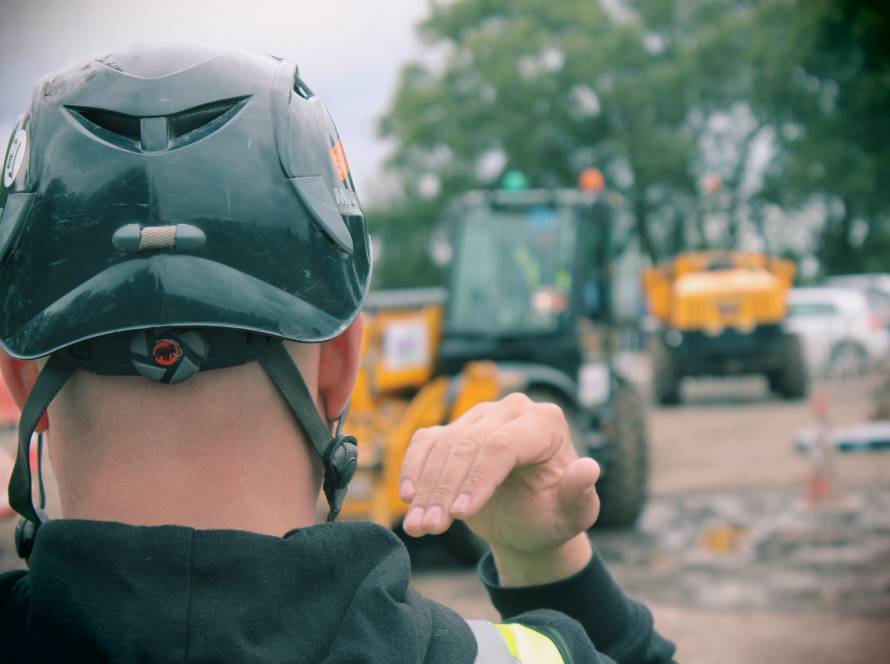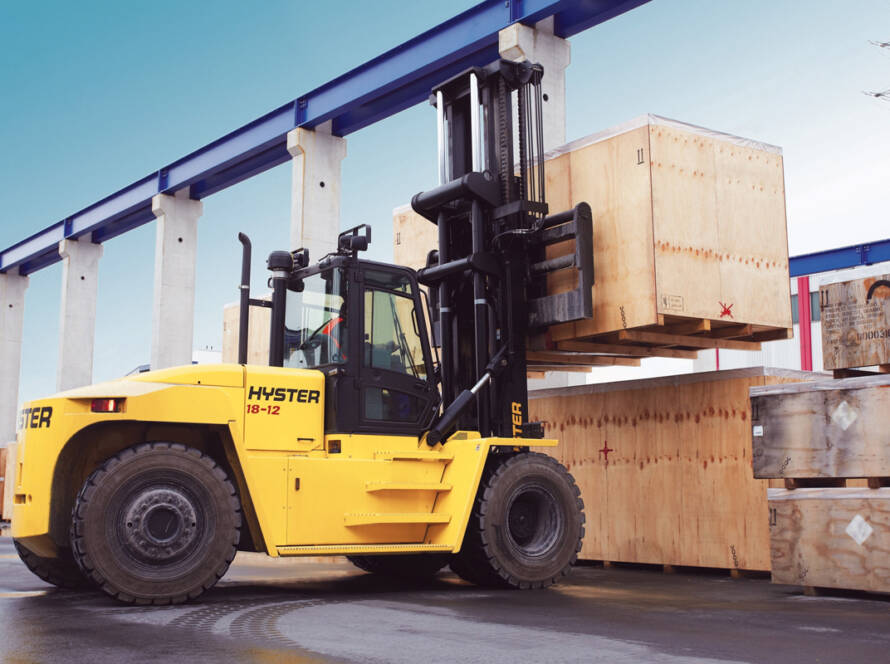When operating a 360 excavator, safety is of prime importance. For this reason, comprehensive pre-start checks are a must before utilising any piece of equipment.
Our Excavator Training courses provide you with the relevant knowledge required to safely operate these machines. This includes teaching you the relevant pre-start checks for the excavator.
Why Excavator Pre-Start Checks are Important
The 360-Degree Excavator is an incredibly powerful machine that can cause serious injuries when used incorrectly. It’s possible to reduce the risk of injuries through various procedures that have been created in line with the Health & Safety Executive.
One of these procedures is the pre-start checks. These checks help to discover any issues with the machine prior to operating. For example, ensuring that the floor of the cab is clear before operating would allow you to discover any debris that may get lodged in the machine controls.
For various reasons, these checks are vital, so understanding them is essential before any operator considers getting into a machine.
It’s possible to split the required checks into three groups: general walkaround, compartments and in-cab. Each group has a vital set of observations that must be performed before use, and we’ve detailed them below.
General Walkaround
This set of checks is an external check of all visible components, designed to spot any major mechanical flaws or weaknesses.
- Check cylinders. Make a visual inspection of cylinders to ensure they’re undamaged and that they haven’t leaked.
- Inspect boom cylinders. A cursory inspection will reveal whether any hydraulic oil has leaked. If so, the oil and dirt will be seen directly on the boom cylinder.
- Inspect work attachment. Ensure that any work attachment being used is properly secured using the correct equipment. Make sure all pins and clips are firmly and securely in place.
- Check condition of work attachment. Check the overall condition of the work attachment being used. For example, look to see if teeth on a bucket are missing or need replacing.
- Look underneath machine. Check for any obvious damage. Ascertain whether fluid has leaked from any part of the machine.
- Check tracks. Look for visible signs of damage or for missing components. Pay close attention to whether the track pad is bent or broken and look to see if it’s buckled. Also, check track tension to ensure it complies with the manufacturer’s guide.
- Check sprockets. Look to see whether teeth are missed or damaged. Assess whether the teeth are overly sharp, which can indicate a need to replace the sprocket.
- Assess entry/exit. Inspect the steps and handholds, to ensure safe entry and exit can be made. Pay particular attention to mud on steps, which can be a significant slip hazard.
- Check FOP (Falling Object Protection). Visually inspect all aspects of FOP for damage and any weaknesses, if applicable.
Compartments
The next set of pre-start checks concerns various compartments within the excavator – compartments that contain several pieces of equipment vital to the safe and correct functioning of the machine. Remember that all levels must be checked while equipment is cold.
- Check washer fluid. Look to confirm that the washer fluid level is as per manufacturer’s guide. If not, fill washer fluid to maximum permitted level.
- Check swing drive oil level. Assess whether there is sufficient oil for the swing drive using the dipstick and, if not, fill to the correct level.
- Open engine compartment. Perform a full visual inspection of the engine compartment. Check oil and fill if required. Check the coolant level in the radiator and that the radiator cap is properly attached.
- Check filters. Visually inspect the fuel and oil filters. Ensure they’re not damaged or leaking. Drain any water found in the fuel filter.
- Check hydraulic hoses. Simply look to ensure that no hydraulic hoses have been damaged or are leaking.
- Check radiator, air filter and cooler. Check for damage to all parts. Look to ascertain whether coolant levels are correct and, if not, fill to the correct level. Remove air filter occasionally and clean with compressed air. Unclog intake of air filter.
- Check for codes. Look to see if there are any codes displayed on the monitor and, if there are, consult the manual or speak with a qualified technician before continuing.
In-Cab Checks
You can now enter the cab and perform all necessary checks within, to ensure all controls are operating and that you can use them easily and without impediment.
- Check for debris. Look around the cab and remove any debris that could hinder your working of the machinery.
- Check safety belt. Make sure the safety belt works as it should, is in the correct position and attaches securely.
- Adjust seat position. Check that the seat is in a comfortable and practical position for you to effectively operate all controls.
- Check all controls. Make sure the handles for all controls are secure and that controls move freely when used.
- Adjust all mirrors. Make sure that all mirrors are undamaged and that they are aligned properly for your needs. Clean mirrors if required.
- Turn on lights. Turn on all lights from within the cab and check that they’re all functioning properly, including flashing beacons. You might find it easier to ask someone outside the vehicle to check for you.
- Check windows. Make sure all the windows are safe and not cracked. Clean dirt from windows to ensure you have the maximum visibility. Check that the wipers are working correctly.
- Sound horn. Sound the horn to make sure it is working and that it’s sufficiently loud to warn others in the vicinity of your presence.
- Check control lever lock arm. Make sure the control lever lock arm – commonly called the dead man lever – is properly in place and undamaged.
- Check driving controls. After starting the ignition, check that all controls are functioning properly.
- Check gauges. Make sure all instrument gauges and warning lights are working correctly before moving off.
- Listen to movement alarm. When you start moving, listen for the movement alarm to determine whether it’s working and whether it’s loud enough to alert others around you.
Once you have completed the above pre-start checks, you are safe to move off and begin working. However, please be mindful that, while pre-start checks are highly important and will prevent many issues, you must remain alert and vigilant throughout your time operating the machinery. If you are ever concerned that your machinery is unsafe, stop work at the soonest possible opportunity and communicate this to a senior member of staff. If you want to learn more about controlling the excavator and the best practices, visit our blog on How to Operate a 360 Excavator.
Our training courses on the excavator cover a range of topics and procedures to ensure that you are a safe operator. You can contact us below to book a place or visit our course calendar to book online.



